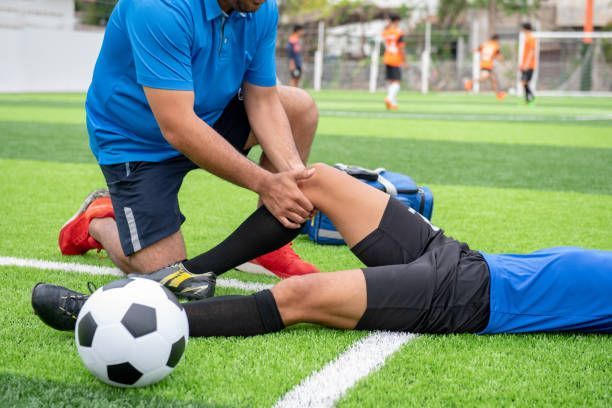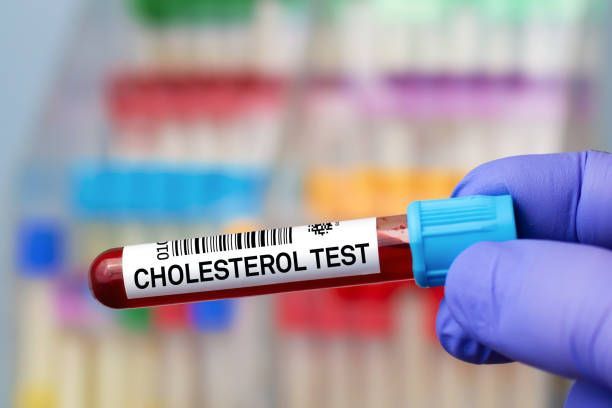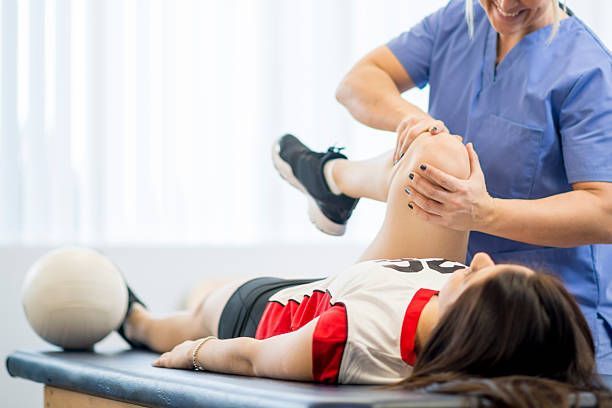Sports Injuries: When to Skip the ER and Visit Urgent Care
Understanding Common Sports Injuries
Before deciding where to go, it’s helpful to understand the types of injuries that often occur during physical activity. Here are some of the most common sports-related injuries treated at urgent care centers:
1. Sprains and Strains
- Sprain = stretching or tearing of ligaments (e.g., twisted ankle)
- Strain = stretching or tearing of muscles or tendons (e.g., pulled hamstring)
These injuries often cause swelling, bruising, and limited mobility, but unless the joint is visibly deformed or unable to bear weight at all, urgent care is usually sufficient.
2. Minor Fractures
Hairline fractures or small breaks in fingers, toes, or wrists can be evaluated and stabilized at urgent care. Clinics like UrgiClinic often have X-ray services on-site to assess the damage.
3. Dislocations (Non-Severe)
A dislocated finger or minor joint dislocation can sometimes be realigned at urgent care. However, more complex dislocations involving the hip or shoulder may require ER-level treatment.
4. Cuts, Lacerations, and Abrasions
Rough falls or contact sports can lead to open wounds that need cleaning, stitches, or bandaging. Urgent care teams are equipped to provide wound care quickly, reducing the risk of infection.
5. Tendonitis or Overuse Injuries
Repetitive stress from running, tennis, or lifting can cause inflammation in tendons and joints. These conditions can often be managed with rest, anti-inflammatory medications, and physical therapy referrals all available at urgent care.
6. Bruises and Contusions
Hard impacts in contact sports can leave deep bruising and muscle soreness. While painful, these are rarely emergencies unless accompanied by severe swelling or numbness.

When You Can Skip the ER
Emergency rooms are designed for life-threatening or complex medical cases. But many sports injuries urgent care clinics can handle a wide range of non-emergency issues.
Consider urgent care if:
- The injury doesn’t involve heavy bleeding or broken bones protruding through the skin
- You can still move the injured area (even with discomfort)
- The pain is moderate, not excruciating
- You don’t have signs of a concussion (like confusion, vomiting, or loss of consciousness)
- There's swelling or bruising, but no visible deformity
By visiting urgent care, you avoid the long wait times and higher costs associated with emergency rooms, while still receiving timely, professional care.
When You Should Go to the ER
While urgent care handles most minor to moderate injuries, there are situations where the ER is the better choice. Seek emergency care if:
- The bone is clearly broken and misaligned or poking through the skin
- You’re unable to move or put any weight on the injured limb
- There’s uncontrolled bleeding that won’t stop with pressure
- You hit your head and are experiencing confusion, fainting, nausea, or vision issues
- You have difficulty breathing, chest pain, or signs of a stroke
When in doubt, always err on the side of caution. Life-threatening conditions need hospital-level attention.
What to Expect at UrgiClinic for a Sports Injury

If you visit UrgiClinic after a sports injury, here’s how we help you get back on your feet:
Rapid Evaluation
Our healthcare professionals will assess the injury, review how it occurred, and evaluate your symptoms. We’ll ask questions like:
- How much pain are you in?
- Can you bear weight or move the area?
- Was there a pop, snap, or loss of function?
On-Site Diagnostics
We offer X-rays and other diagnostic tools to determine if there’s a break, sprain, or soft tissue injury. You won’t have to go elsewhere or wait days for imaging.
Treatment Plan
Depending on the injury, treatment may include:
- Bracing, wrapping, or splinting
- Pain management and anti-inflammatories
- Wound cleaning and stitches, if needed
- Crutches or slings
- Referrals to physical therapy or specialists
We focus on fast relief, proper healing, and minimizing your time off the field (or couch).
Why Choose Urgent Care Over the ER?
Choosing urgent care for sports injuries is a smart move for non-life-threatening situations.
Here’s why:
Lower Cost
Urgent care visits are significantly more affordable than ER visits. Most insurance providers cover urgent care, and self-pay rates are available for uninsured patients.
Shorter Wait Times
Unlike busy ERs where you may wait hours for non-emergency care, urgent care clinics offer much shorter wait times — usually under an hour.
Walk-In Convenience
No appointments are necessary at UrgiClinic. Walk in any time during business hours, even evenings and weekends.
Experienced Providers
Our staff is trained in treating a wide range of injuries quickly and effectively. We know how to care for athletes and active individuals of all ages.
Sports Safety Tips to Prevent Injury
While not every injury is avoidable, here are a few ways to reduce your risk of needing urgent care:
- Warm up and cool down before and after activity
- Stay hydrated to avoid cramps and fatigue-related injuries
- Wear proper gear (helmets, pads, braces) appropriate to your sport
- Listen to your body — don’t push through pain
- Cross-train and rest to prevent overuse injuries
- Know your limits and avoid playing through significant discomfort
And if something still goes wrong? That’s what we’re here for.
Quick Recovery Starts with the Right Care
Sports injuries can be frustrating and painful, but not every injury needs a trip to the emergency room. For sprains, strains, bruises, and other common issues, sports injuries urgent care clinics like UrgiClinic offer fast, effective, and affordable treatment.
Whether you’re limping off the soccer field or dealing with nagging joint pain after a weekend hike, we’re here to help you recover and get moving again.
Walk In With Us
At UrgiClinic, we provide expert care for sports injuries without the ER wait or price tag. No appointments needed… just walk in. Let us help you heal quickly and get back in the game.













